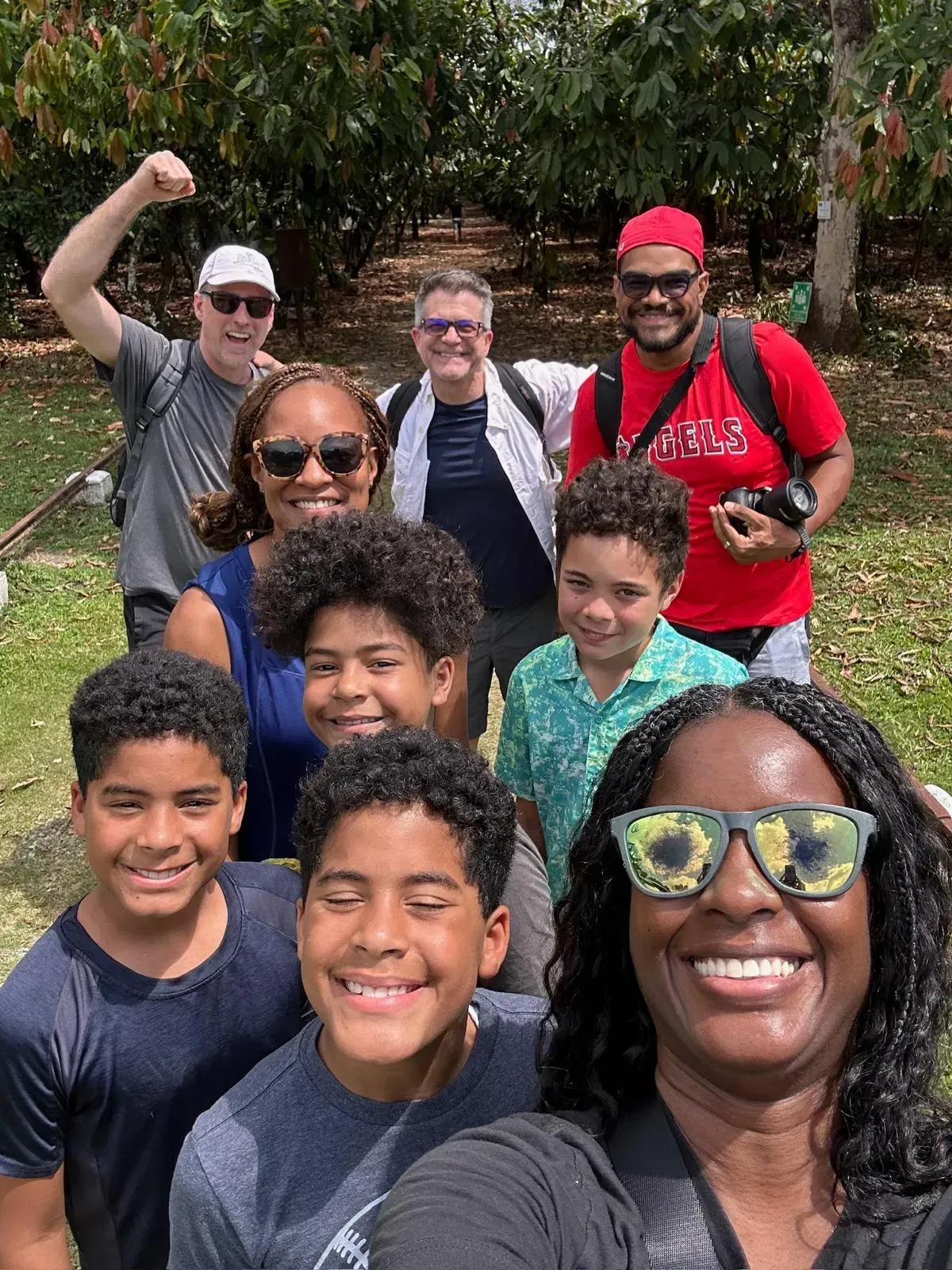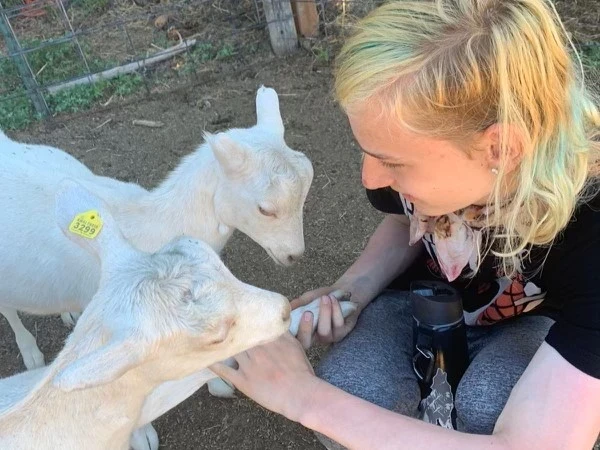A lot of thought and preparation goes into ensuring the safest summer possible for our participants. Starting with how we choose a new program site, we consider everything from political climate to vehicle maintenance.
- Choosing a site
Families often ask why we are in the locations we are. Primarily, we choose sites because one of our full-time or trusted long-time directors has a strong connection, passion for or interest in the place. After networking, numerous phone calls, emails, letters and faxes, we then travel to the potential site on a preliminary “scout” trip for at least one or two weeks. We meet face to face with community members, local leaders, government officers. We consider the quality and authenticity of potential projects, the potential for meaningful community interactions, and interesting outdoor exploration opportunities. We also consider our perceived sense of safety, the proximity of emergency health care, the availability of provisions, the political climate of the area. We describe our programs in detail as we talk candidly with local people about their thoughts on hosting us. We do not pursue a program in an area in which we feel unwelcome or consider to be unsafe. Furthermore, we will not continue to travel to a particular location if our perception of safety declines. - Staying informed
VISIONS maintains year-round contact with members of local communities. We are aware of local current events and politics. We pay close attention to the media if a program location makes it into the news. If we have questions or concerns we contact our local friends to get their first-hand assessment of the situation. If we are unable to begin a program with high level of comfort regarding the safety of participants, even if the news we receive comes just days before a program begins, we will not travel to that location. - Site preparation
VISIONS staff arrive onsite seven to ten days before the participants. Among the many projects we undertake in getting our homebase ready are safety precautions. If there is a poorly lit area, we install or replace lights. If there is a broken lock, we fix it. We clean and check all tools and gear. We inspect rental vehicles for safety and maintenance. - Taking precautions
Once the group arrives, we contact local authorities and make them aware of our presence. In foreign locations we register with the local US Embassy. The day the kids arrive, the staff collect medications, passports, plane tickets, and offer to “bank” any cash the participants don’t feel comfortable carrying. All of these items are placed in a safe location under staff supervision.
You can see from even these few examples how much thought goes into fostering a safe environment, even before the program gets under way. There is an entire manual covering safety issues on a VISIONS program. This is only a small sample of the initial steps we take.
As every staff member learns from the first day they start training, their first responsibility is, “Safety! Safety! Safety!”






